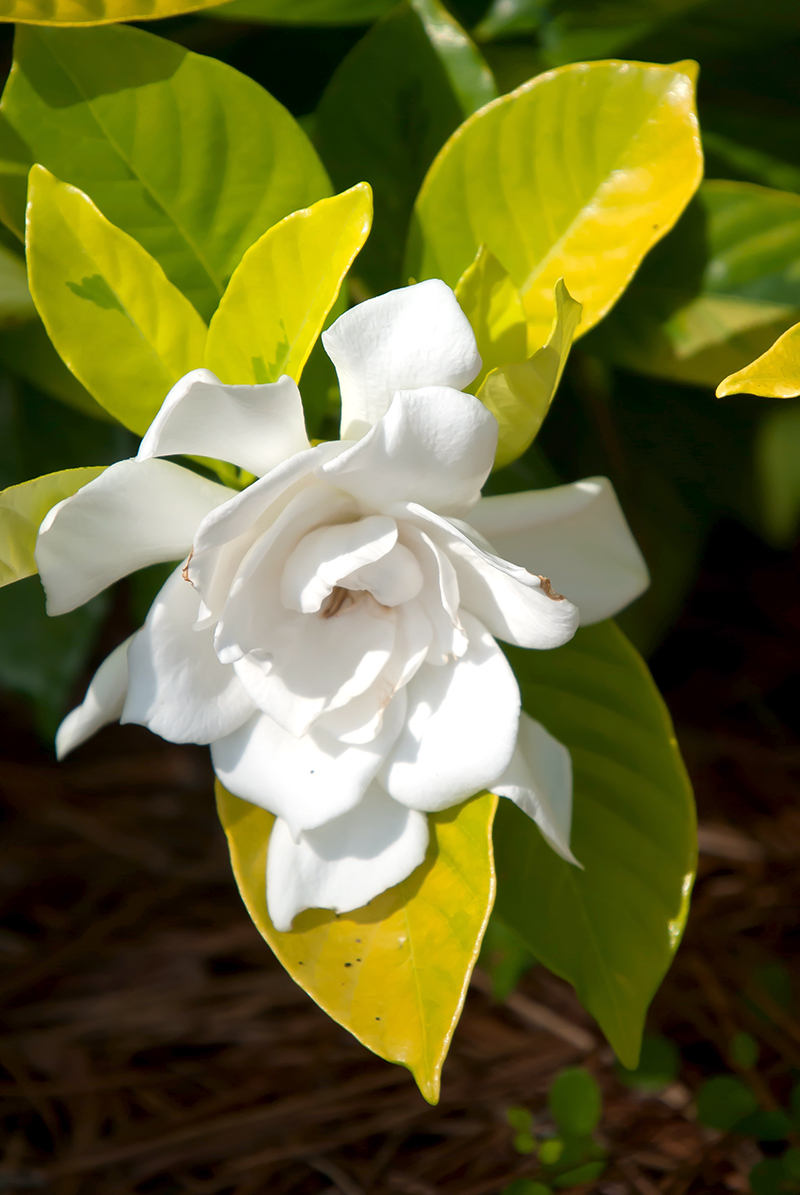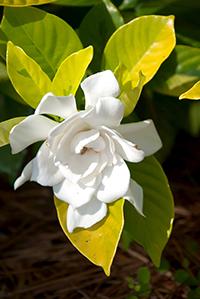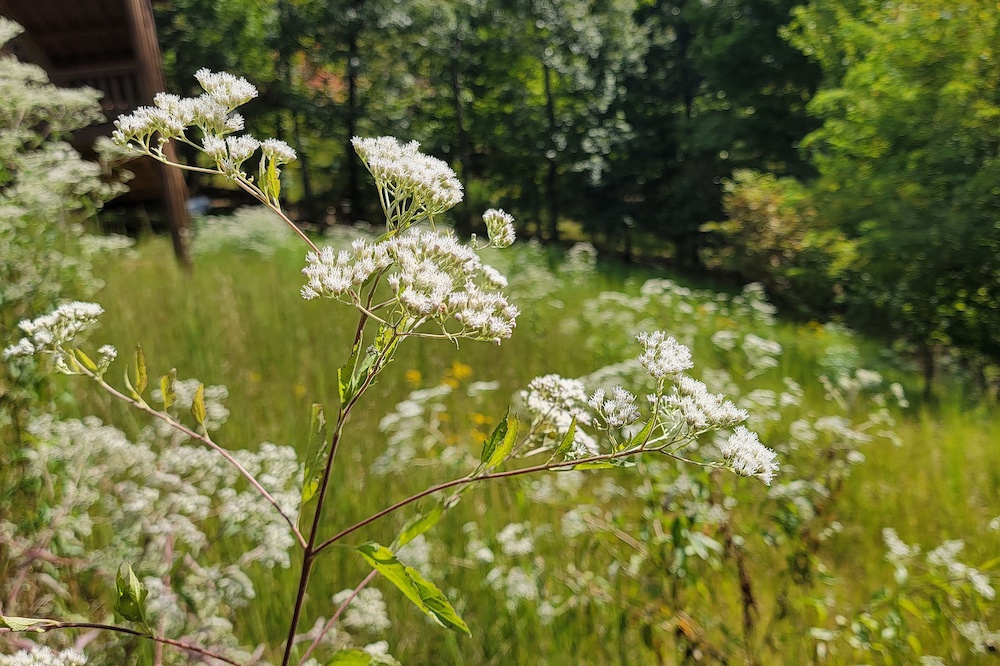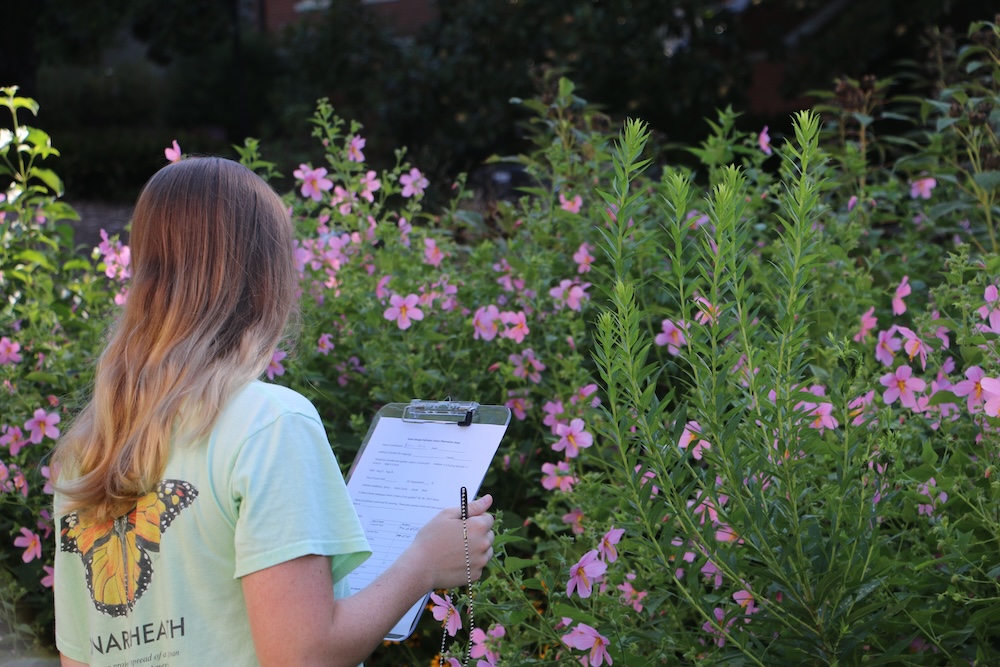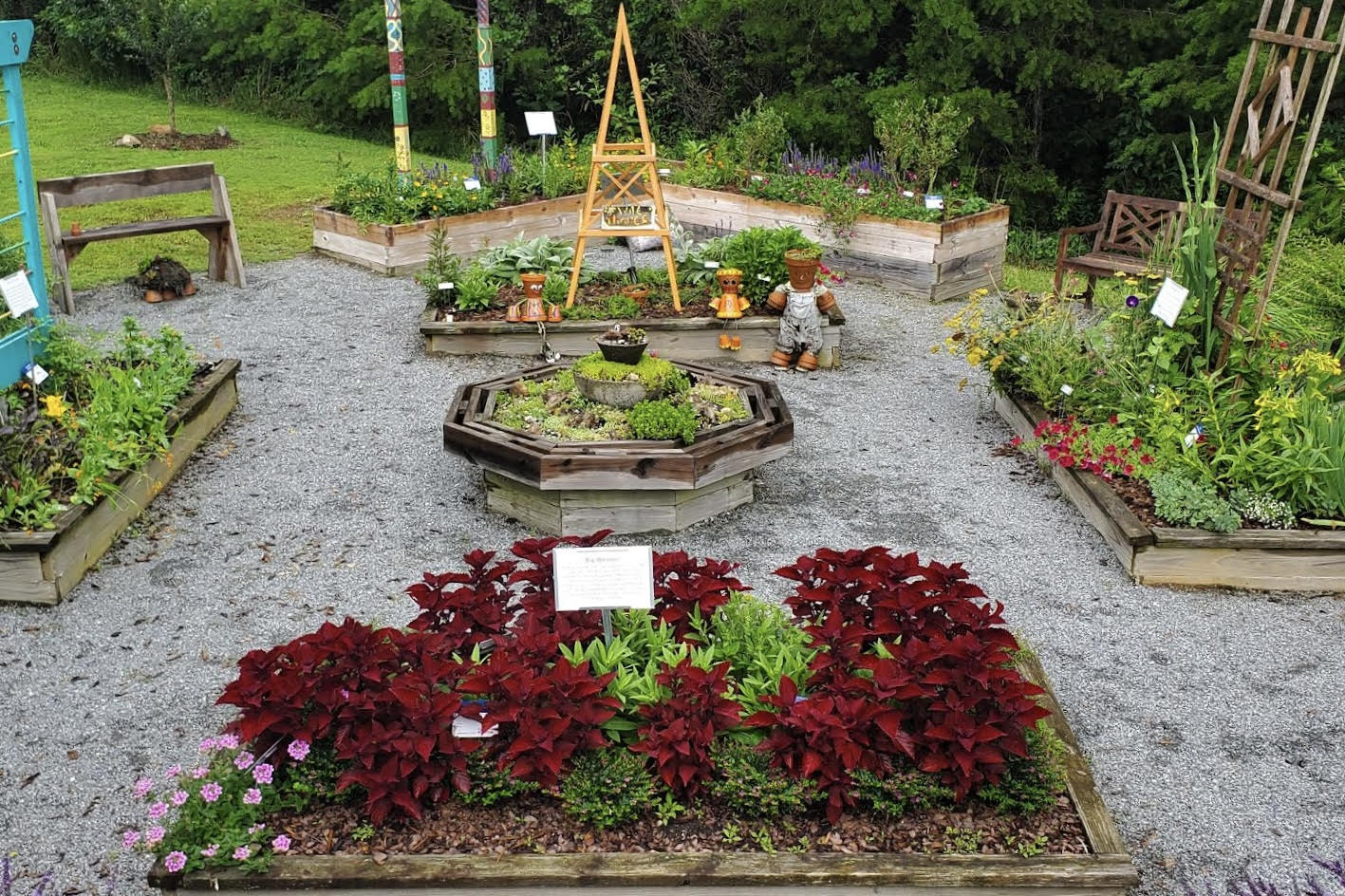If you have been fascinated by the idea of finding a gold doubloon, I’ve got one for you, and it is of a stunning gardenia variety. The ‘Gold Doubloon’ — or “double” as the word suggests — gardenia gives you dazzling color with gold and green foliage and large, tantalizingly aromatic flowers.
As a child, I was always fascinated by the story of Ulysses, particularly the part where the Sirens try to lure him to shore. In the garden, it is the gardenia, perhaps one like ‘Gold Doubloon,’ that will create a detour in your path or plan that will make you linger as you fall under the magical spell of the intoxicating smell.
It is this fragrance, like a rare perfume, that has made the gardenia a part of American landscapes since the 1700s. Pick a flower and set it in a shallow bowl of water, and soon your room will be flooded by its sweet aroma.
This treasure is known botanically as “Gardenia jasminoides,” is often referred to as “cape jasmine” and is native to Japan, China and Taiwan. Many find it interesting that it is in the Rubiaceae family with well-known relatives such as coffee, pentas and ixora.
In the South, the gardenia is most often used as a freestanding specimen. Another great and much overlooked use is as part of an informal border, combined with azaleas or other evergreen shrubs such as hollies. Gardenias are also great in large containers on a patio or deck. In our Woodland Shade Garden at the Coastal Georgia Botanical Gardens at the Historic Bamboo Farm in Savannah, Georgia, the ‘Gold Doubloon’ stands out like beacons of light among the tall pines. We are also growing another showy selection called ‘Kaleidoscope’ that has green, yellow and white variegation.
Visiting your garden center while gardenias are in bloom is like going to a bakery when the loaves of bread have just come out of the oven. Not even my treasured night jasmine can compete with the fragrance of the gardenia. Many gardeners don't realize that we have a variety of choices, like ‘Gold Doubloon’ rated to zone 7, the extra-cold-hardy ‘Crown Jewel’ that is rated for zone 6 and ‘Frostproof,’ which has won Mississippi Medallion and Louisiana Super Plant awards.
The most popular gardenia may still be ‘August Beauty,’ which reaches a height of 4 to 6 feet. In addition to ‘Gold Doubloon,’ I am kind of partial to a cultivar called ‘Mystery,’ which may reach 8 feet. Both ‘Mystery’ and ‘August Beauty’ repeatedly bloom off and on throughout the fall. These are recommended for zone 8 and warmer, or perhaps in a warmer microclimate in zone 7.
If you want shorter plants, you have two options: ‘Daisy’ reaches about 3 feet and ‘Radicans’ is a dwarf variety that reaches only 2 feet tall. ‘Radicans’ looks different, with pointed leaves and smaller, but just as fragrant, flowers. They make a nice border that’s similar to dwarf yaupon holly. ‘Radicans’ is sensitive to cold damage, so severe winters may knock back or even kill it. If you will be moving plants indoors, these smaller selections may be easier.
So that they get about six hours of sunlight followed by protection from the scorching sun, eastern exposure is ideal for a gardenia. This can also help protect them from the blustery winter winds. I also like planting them under the shifting light of tall pines. Though I have seen a few, it is a rare gardenia that does well on the west side in full sun.
Gardenias require acidic soil similar to that required by an azalea. After planting your gardenias in an organically rich, well-drained bed, be sure to keep them well watered to establish them. Prolonged dryness will wreak havoc on many newly planted trees and shrubs. If your gardenia needs pruning, shape it as desired after the main spring bloom. If you don't have a gardenia, take time to get up close and personal with a blossom this spring for a sensory experience you are not soon to forget. Follow me on Twitter: @CGBGgardenguru.

